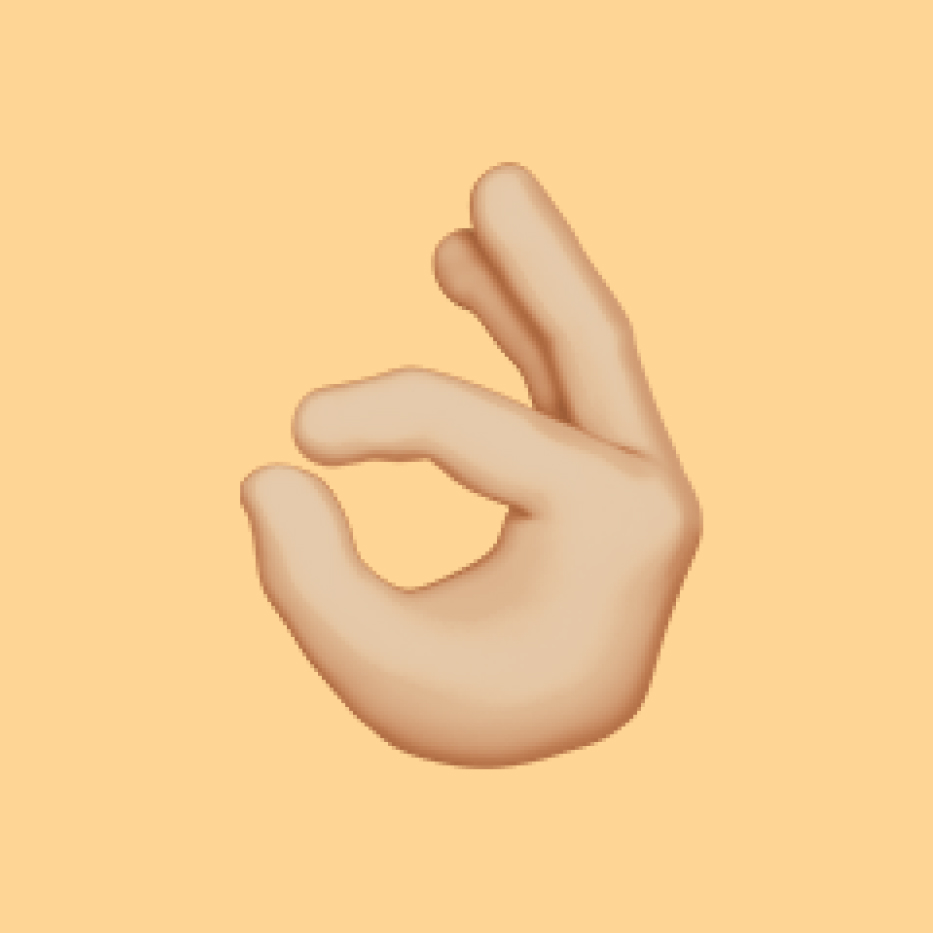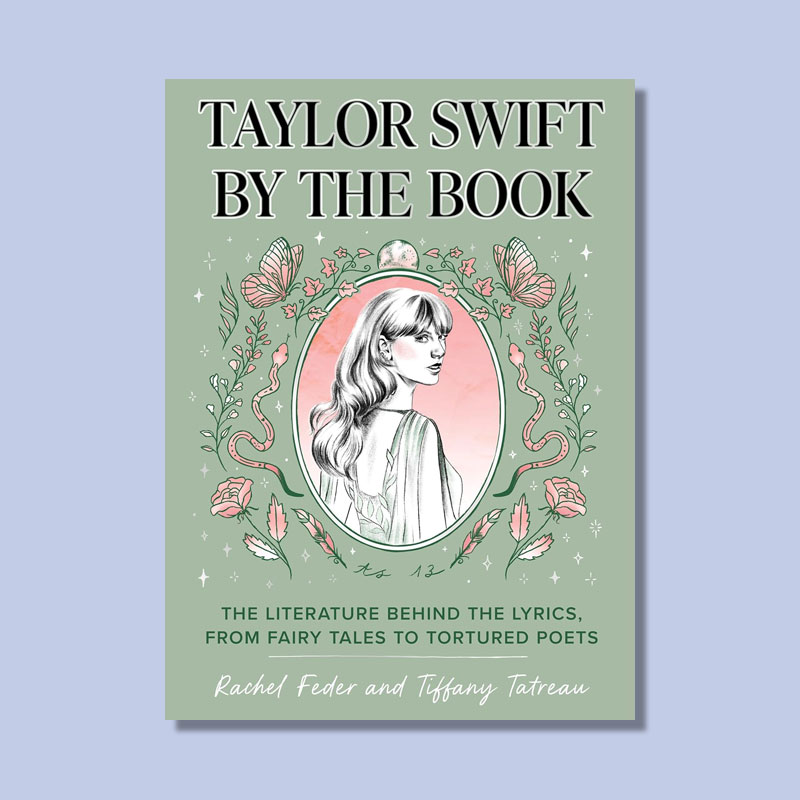Why do we say "nip it in the bud"? | | This idiom has a long history with a meaning that's rooted in pruning flowers, not pinching posteriors. | |  | Bennett Kleinman |
|
| |  | | L et's get one thing clear: If you've been saying "nip it in the butt," then we're here to nip that idea in the bud right now. The correct phrasing has always been "nip it in the bud" — an idiom dating back to the 16th century with very literal roots in the world of gardening. It means to stop a possible problem before it grows out of control, largely used in the context of situations with a concerning downward trajectory.
This phrase evolved out of a line in a 1595 romance work, Piers Plainnes Seaven Yeres Prentiship. Author Henry Chettle wrote, "nip thy affections in the bloome," referring to the blossoming of a flower. In 1607, a phrase that's more similar to the idiom used today appeared in Francis Beaumont and John Fletcher's comedy The Woman Hater: "Yet I can frowne and nip a passion Euen in the bud." In this context, it described quelling someone's passion before it got completely out of control.
The historical metaphors drew from actual gardening practices that are still in use today. "Nip" means "to sever, remove, or take off by pinching," and the word "bud" depicts a "flower (or leaf) at any stage of growth until fully opened." So, to nip something in the bud very literally means to remove a part of the flower to stop it from growing any larger. The gardening practice of nipping buds (more commonly called "pinching") may be used to control the plant's growth in many ways. Metaphorically, "nip it in the bud" can be used in reference to stunting any type of potential growth, and doesn't specifically apply to plants.
Today, people usually say "nip it in the bud" (not "butt") when talking about preventing bad habits from getting out of control, or stopping a chaotic event from becoming even more unruly. Perhaps this lesson will ensure no one inadvertently talks about pinching someone's rear end again. |
| | Continue reading | |  |
| |
| | Thanks for supporting our sponsors! They help keep Word Smarts free for everyone. | |
Emoji Decoded | |  | | OK Hand Sign | | | Meaning: Indicates the gesture for "OK" or "perfect" with the thumb and index finger forming a circle.
Evolution: This emoji sparked controversy in the late 2010s when the gestures became associated with hate symbols. However, most users continue to use it in its original positive context, and the emoji has additional connotations. It's sometimes used interchangeably with Pinched Fingers 🤌 to represent the "chef's kiss" gesture, and the 👌finger placement is also the number nine in American Sign Language.
Usage: [Text about dinner plans:] Restaurant choice is 👌 i've been wanting to try it forever 😋 |
|
 | | OK Hand Sign | | | Meaning: Indicates the gesture for "OK" or "perfect" with the thumb and index finger forming a circle.
Evolution: This emoji sparked controversy in the late 2010s when the gestures became associated with hate symbols. However, most users continue to use it in its original positive context, and the emoji has additional connotations. It's sometimes used interchangeably with Pinched Fingers 🤌 to represent the "chef's kiss" gesture, and the 👌finger placement is also the number nine in American Sign Language.
Usage: [Text about dinner plans:] Restaurant choice is 👌 i've been wanting to try it forever 😋 |
|
| |
Have you read? | |  | | Taylor Swift by the Book | | By Rachel Feder and Tiffany Tatreau | | The introduction prepares us: "We have vindication — proof that Taylor Swift doesn't just write bops, she writes intellectual bops." This is not a textbook, but it's written by an academic, and the close reading will satisfy English majors with detailed analysis of archetypes, literary devices (like the use of metonymy in Swift's lyrics), and cross-references (such as an idiom that first appeared in Shakespeare's "Othello"). | | | | Jennifer A. Freeman, Word Smarts Senior Editor | | | | We independently evaluate all recommended products and services. If you click on links we provide, we may receive compensation. |
|
 | | Taylor Swift by the Book | | By Rachel Feder and Tiffany Tatreau | | The introduction prepares us: "We have vindication — proof that Taylor Swift doesn't just write bops, she writes intellectual bops." This is not a textbook, but it's written by an academic, and the close reading will satisfy English majors with detailed analysis of archetypes, literary devices (like the use of metonymy in Swift's lyrics), and cross-references (such as an idiom that first appeared in Shakespeare's "Othello"). | | | | Jennifer A. Freeman, Word Smarts Senior Editor | | | | We independently evaluate all recommended products and services. If you click on links we provide, we may receive compensation. |
|
| |
|
![]()
![]()
![]()
![]()
0 Comments:
Post a Comment
<< Home